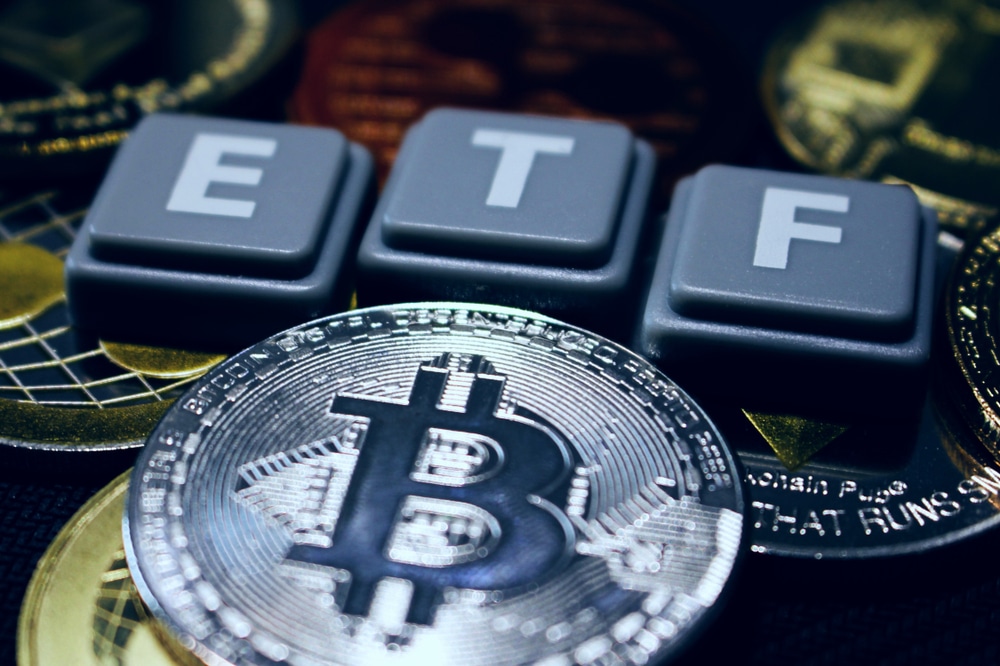How Blockchain Networks Achieve Agreement with Consensus

At the heart of the cryptocurrency ecosystem, consensus mechanisms play a critical role in ensuring unanimous agreement among participants of a distributed network on the transaction history. This unanimity is vital for the integrity of decentralized blockchains, which operate without a central governing body to oversee their databases.
The primary functions of consensus mechanisms are twofold: they authenticate transactions to avert issues such as double spending, and they motivate participants to adhere to the rules, thus establishing trust in a system inherently devoid of trust. The landscape of consensus models is diverse, with each striking a different balance between security, scalability, and decentralization.
Diverse Approaches to Consensus
Prominent among the array of consensus mechanisms are proof of work and proof of stake. Bitcoin and other similar cryptocurrencies employ proof of work, where miners tackle intricate mathematical challenges to secure the privilege of mining the ensuing block and receiving rewards. On the other hand, proof-of-stake networks involve validators who pledge the native cryptocurrency as collateral to earn the right to validate transactions, with the magnitude of their stake affecting their selection probability.
Additional frameworks, such as delegated proof of stake (DPoS), proof of authority (PoA), and proof of History (PoH), present varied benefits and compromises in addressing the blockchain trilemma: security, scalability, and decentralization, alongside considerations of energy consumption. The selected consensus mechanism profoundly influences a cryptocurrency network’s operational efficacy, dictating its resilience to attacks and its transaction processing capabilities.
Critical Functions of Miners and Validators
In the realm of blockchain networks, the roles of validators and miners are indispensable in maintaining both security and reliability.
Within proof-of-work systems, miners partake in a competitive endeavor, deciphering cryptographic puzzles to append new blocks to the chain. This process not only authenticates transactions but fortifies the network against potential threats. The significant computational effort and associated expenses serve as a deterrent to nefarious activities, given the considerable investment and uncertain outcomes involved in undermining the network.
Conversely, proof of stake and related models depend on validators who commit a specified sum of cryptocurrency as a security deposit. This commitment affects their chances of being selected to validate transactions, with larger stakes typically enhancing their odds.
Should a validator act in bad faith, they stand to forfeit their staked amount, a deterrent known as slashing. This strategy ensures that validators’ interests are aligned with the network’s integrity, given their direct financial investment in its continuous correct operation.
Incentives in the form of rewards motivate both validators and miners to act in the network’s best interest, offering compensation for their contributions and investments. Through either mining in proof of work or staking in proof of stake, these participants are vital to the blockchain’s decentralized framework, guaranteeing consensus is reached, and the ledger remains a trustworthy resource for all involved.
Settling Consensus Conflicts
In blockchain networks, where a singular governing body is absent, the importance of decentralized governance for resolving disputes cannot be overstated. Such frameworks are vital in ensuring that all participants, or nodes spread worldwide, concur on transaction legitimacy and the ledger’s current status.
This becomes especially critical in situations ripe for contention, such as the attempted reuse of a digital token, commonly referred to as double-spending, or when amendments to the network’s protocol are suggested.
Consensus protocols are crafted to prevent and reveal any fraudulent activities within the network. In instances where nodes present divergent perspectives on transaction legitimacy or the state of the blockchain, these protocols facilitate a decision-making process based on the majority’s consensus, thereby mirroring the collective will of the network. This model of decentralized governance is pivotal in upholding the network’s security and integrity without resorting to conventional centralized oversight.
The ability to effectively address consensus disputes is fundamental in preserving the stability and reliability of blockchain networks. Such disagreements may result in forks, whether intentional or contentious, leading to the segmentation of the blockchain into multiple chains. These chains are then upheld by different segments of the original network, which could influence the security and valuation of the associated cryptocurrencies.
DISCLAIMER: It's essential to understand that the articles on this site are not meant to serve as, nor should it be construed as, advice in legal, tax, investment, financial, or any other professional context. You should only invest an amount that you are prepared to lose, and it's advisable to consult with an independent financial expert if you're uncertain. To obtain more information, kindly examine the terms of service and the assistance and support resources made available by the issuing or advertising entity. Our website is committed to delivering accurate and unbiased news, yet it's important to note that market conditions may change rapidly. Also, be aware that some (but not all) articles on our site are compensated or sponsored.








